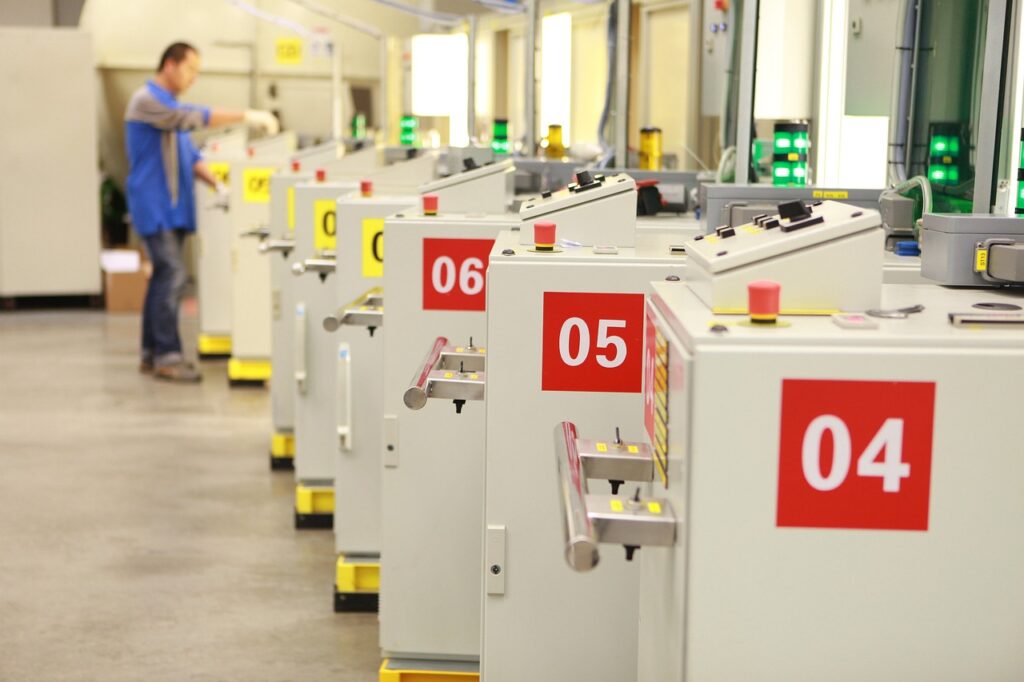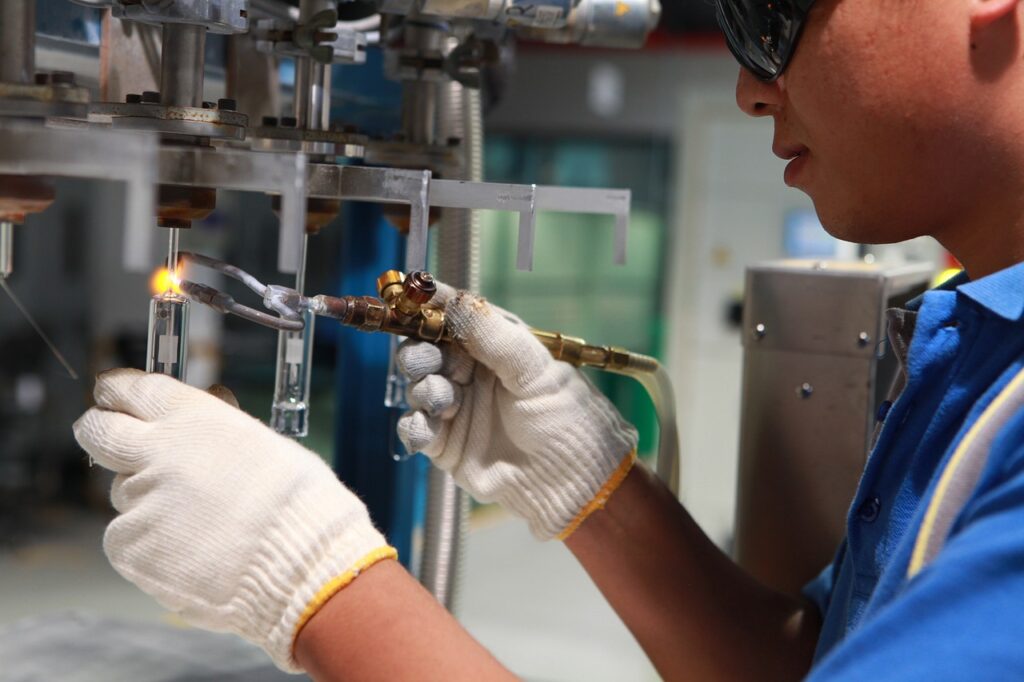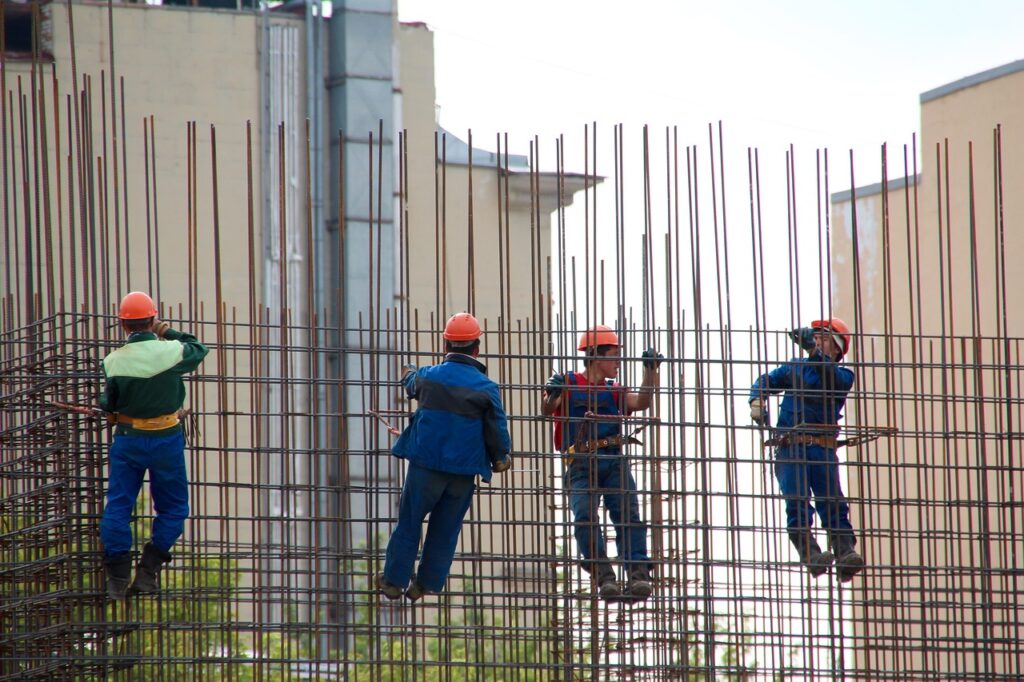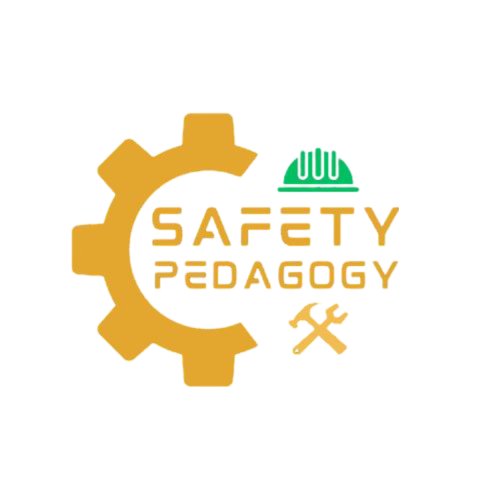Horseplay
Introduction
Horseplay, a term often associated with playful or boisterous behavior, may seem harmless in casual settings. However, in industrial and construction environments, horseplay can pose significant safety risks.
Horseplay, often seen as harmless fun, poses significant risks in environments that prioritize safety, such as workplaces, schools, and public facilities. Safety management involves identifying, assessing, and mitigating risks to ensure a safe environment for everyone. Understanding horseplay within the context of safety management is crucial to prevent accidents and maintain a safe and productive atmosphere.
This write-up explores the under mentioned topics, which are:

- history,
- definition,
- disadvantages,
- injury impact at the workplace,
- actions by factory management to direct workers and supervisors, and
- conclusion
with the necessity of addressing this issue to maintain a safe working practices.
History
The concept of horseplay in the workplace is not new. The word “horseplay” came in the 16th century, whereas “horse” was an adjective describes anything strong, big or coarse. Horseplay means a strong play, this shown the way of young horses play together; they chase each other up and down, play-fight, etc. which can often result in unintentional physical harm Horseplay is one of the segments of unsafe acts which violates safe working practices.
Historically, workplaces have often been sites where workers engage in light-hearted, playful activities to break the monotony of their tasks. While this might have been relatively harmless in less hazardous environments, the rise of industrialization and the advent of heavy machinery have drastically changed the landscape. The consequences of horseplay in such settings have become more severe, necessitating stringent safety protocols and regulations.
Horseplay has been part of human social interaction for centuries, tracing back to ancient times when physical play was integral to community bonding and training. In early industrial settings, workers often engaged in playful behavior to break the monotony of labor.

However, as workplaces evolved and the importance of safety became paramount, the need to regulate such behavior became evident. The shift towards formal safety management practices began in the early 20th century, emphasizing the importance of a structured approach to preventing accidents, including those resulting from horseplay.

Definition
Horseplay is generally defined as rough or boisterous play that has the potential which can distract or endanger workers.
It is considered as unsafe acts. In the context of safety management, horseplay can disrupt the orderly operation of an environment and potentially lead to accidents or injuries as well.
In factories / constructions or any other industrial contexts, this includes
- pranks,
- scaring someone,
- air hosing someone,
- running,
- throwing objects,
- pushing,
- boxing,
- goosing,
- shoving and
- other physical interactions or engaging in physical altercations.
While often intended as harmless fun, such behavior can easily escalate and result in serious injuries or fatalities.

Do’s and Don’ts
Do’s:
1. Establish Clear Policies: Implement and communicate clear policies regarding horseplay in the workplace or other environments. Ensure all members understand the rules and consequences of engaging in such behavior.
2. Conduct Regular Training: Provide training on the importance of safety and the risks associated with horseplay. Emphasize the potential for injury and the impact on productivity.
3. Promote a Safety Culture: Foster a culture where safety is a priority. Encourage employees or participants to report unsafe behavior and recognize those who adhere to safety practices.
4. Monitor and Supervise: Ensure adequate supervision in areas where horseplay is likely to occur. Supervisors should be vigilant and intervene when necessary to prevent risky behavior.
Don’ts:
1. Ignore the Behavior: Do not overlook or dismiss horseplay as harmless fun. Failure to address it can lead to serious accidents and set a precedent for unsafe behavior.
2. Tolerate Repeated Offenses: Consistently enforce rules and apply disciplinary actions for repeated violations. This reinforces the importance of adhering to safety policies.
3. Neglect the Environment: Be aware of the surroundings and potential hazards that could exacerbate the risks associated with horseplay, such as machinery, sharp objects, or slippery surfaces.
4. Compromise on Training: Never skip or underestimate the importance of regular safety training sessions. Keeping safety at the forefront helps prevent complacency.

Hazard Avoidance Rules
- Know the safe way to work, and then follow the safe way all the time.
- Maintain safe working conditions – for yourself and others around you.
- Work safely, setting the example, and encourage others to do so.
- Report all accidents and near misses.
General Rules
- Learn the safe way to do your job i.e., safe working practices.
- Don’t jump from one elevation to another.
- Always work under competent supervision i.e. Safety Officer, etc.
- Don’t work under suspended loads.
- Remove protruding nails or bend them over.
- Be a part of education & training.
- Attend Toolbox Talk.
- Keep the work area clear of debris.
- Use the personal protective equipment required for the job.
- Treat all electrical wires as being “live.”
- Ensure 5 ‘S’ / good housekeeping always.
- Use the right tool for the right job.
- Be sure all tools are in good shape.

Examples
Appropriate Handling:
– Workplace Scenario: In a manufacturing plant, clear signage prohibits horseplay near machinery. Regular safety briefings remind employees of the risks and consequences, and supervisors are trained to intervene promptly.
– School Environment: Schools implement strict rules against running in hallways and roughhousing in classrooms. Teachers and staff supervise recess and physical activities to ensure safety.
Inappropriate Handling:
– Office Environment: Employees engage in pranks and physical play, leading to damaged equipment and potential injuries. Lack of clear policies and supervision exacerbates the risks.


– Construction Site: Workers roughhouse near heavy machinery, disregarding the potential for severe accidents. The absence of strict enforcement and regular safety training allows such behavior to persist.
Disadvantages
The disadvantages of horseplay in industrial and construction settings are numerous and significant:
1. Safety Hazards: Horseplay can distract workers from their tasks, leading to mistakes that can cause accidents.
2. Equipment Damage: Expensive machinery and tools can be damaged during horseplay, leading to costly repairs and downtime.
3. Decreased Productivity: Time spent engaging in or dealing with the aftermath of horseplay detracts from productive work hours.
4. Workplace Morale: Injuries or accidents resulting from horseplay can lead to decreased morale among workers, creating a tense and unsafe work environment.
Injury Impact at the Workplace
The impact of horseplay-related injuries in the workplace can be severe:
1. Physical Injuries: These can range from minor cuts and bruises to severe injuries such as fractures, head injuries, or even fatalities.
2. Emotional and Psychological Impact: Victims of horseplay may experience stress, anxiety, or a decreased sense of safety at work.
3. Financial Costs: Medical expenses, workers’ compensation claims, and potential lawsuits can result in significant financial burdens for both employees and employers.
4. Operational Disruptions: Injuries can lead to temporary or permanent loss of skilled workers, disrupting operations and affecting project timelines.

Accidents are avoidable
Recommended actions by Management to direct Workers and Supervisors
Effective management strategies are crucial to preventing horseplay in the workplace. Here are some actions that can be taken:
1. Clear Policies and Communication: Establish and communicate clear policies regarding acceptable behavior in the workplace. Ensure that all employees understand the potential consequences of horseplay.
2. Training Programs: Regular safety training sessions should include discussions about the dangers of horseplay and emphasize the importance of adhering to safety protocols.
3. Supervision and Monitoring: Supervisors should be vigilant and proactive in monitoring worker behavior. Immediate corrective action should be taken when instances of horseplay are observed.
4. Encouraging Reporting: Create an environment where employees feel comfortable reporting unsafe behavior without fear of retribution.
5. Positive Reinforcement: Encourage safe behavior through positive reinforcement, such as recognition and rewards for employees who adhere to safety guidelines.
6. Disciplinary Actions: Implement a system of disciplinary actions for those who engage in horseplay, ranging from warnings to more severe consequences for repeat offenders.

Conclusion
Horseplay in industrial and construction settings is a serious issue that can lead to significant safety hazards, injuries, and financial losses.
By understanding its history, definition, and disadvantages, and by taking proactive measures to prevent it, factory management can create a safer and more productive work environment.
Clear communication, effective training, vigilant supervision, and a supportive reporting culture are essential components in addressing and mitigating the risks associated with horseplay. Ensuring workplace safety is a collective responsibility that benefits both employees and employers, fostering a culture of respect, responsibility, and well-being.


Dear Reader / Aspirants,
Safety Pedagogy welcomes your comments which:
1. Motivates us to grow this platform,
2. Direct / Guide us to move ahead,
3. Evaluation pertaining to article's discrepancies,
4. To connect each aspirants together,
So please do comment us…..
Thank You…..
Nicely defined about topic…..